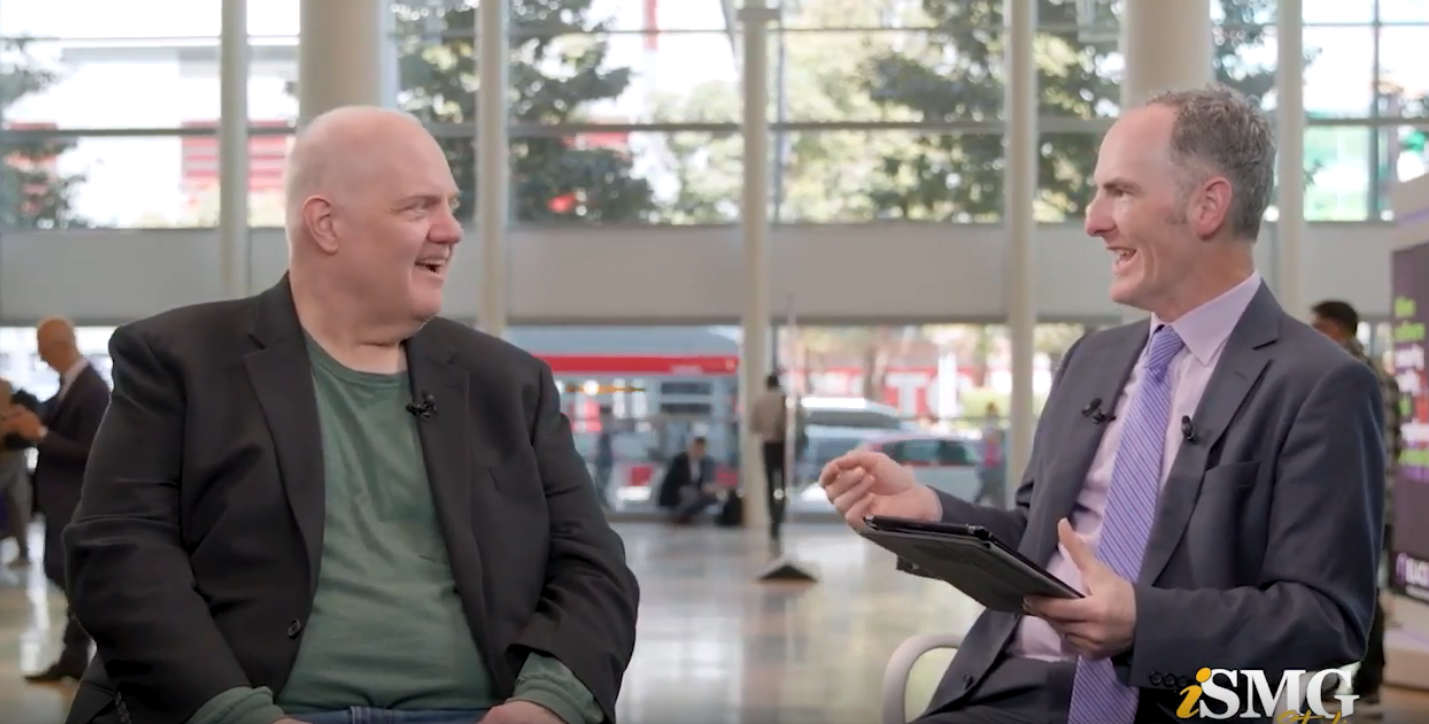What Makes a Cybersecurity Case Study Feel Inauthentic?

Don’t make your cybersecurity case study look like a product sheet
Case studies are among the most powerful tools in a content marketer’s toolbox. Done right, they validate your product or service with real-world proof and paint a picture of how you help solve complex problems. But many case studies fall short. Instead of providing compelling narratives, they read like polished product sheets—overly focused on the solution and devoid of the gritty, real-world context that makes them believable and relatable.
Readers in similar roles want to connect emotionally
The best case studies aren’t sanitized success stories; they’re human stories. They dive into the customer’s pain—what wasn’t working, what was tried before, and what was at stake. When you omit these details, you strip the story of tension and urgency. Without friction, there’s no arc—and without an arc, there’s no emotional payoff. Readers, especially those in similar roles or industries, want to see their struggles reflected in the story. That recognition builds trust.
With permission, focus on the human marketing struggle
It’s understandable why companies shy away from showcasing the messy middle. There are concerns about privacy, reputation, and approval. But with the right permissions and framing, these challenges become the heartbeat of a strong case study. When you can show how you stood beside your customer during uncertainty—not just when the deal closed—you elevate your brand from vendor to trusted partner.
Demonstrate you are a long term partner with empathy
That’s where emotional resonance matters. The goal isn’t just to demonstrate a feature worked or an ROI was delivered. It’s to show that your company understood the customer’s problem deeply, adapted to their unique context, and provided not only tools but guidance. When readers sense that you’re not just selling a solution, but offering a steady hand, they’re far more likely to engage and remember your brand.
Examples of customer-eccentric narratives for cybersecurity case studies
1. “It Felt Like the Floor Was Falling Out From Under Us”
Industry: Financial Services
Why It Worked: This quote captured the emotional intensity of a ransomware attack that had halted all operations. The visceral metaphor (“floor was falling out”) immediately pulled readers into the panic and urgency of the moment. It set the stakes and made the case study feel less like a vendor brochure and more like a survival story.
Impact: Readers could empathize, especially CISOs who’d been in similar situations. It laid the groundwork for the vendor to appear as a calm, guiding force in the chaos.
2. “We didn’t want a vendor. We needed a partner who would show up when it mattered.”
Industry: Healthcare
Why It Worked: This quote revealed the mindset of the buyer and their unmet needs from previous providers. It contrasted expectations with experience and subtly positioned the featured company as more than a product—they were dependable in crisis.
Impact: Humanized the decision-making process. Instead of focusing on features, the quote emphasized emotional reliability—something many buyers seek but don’t always say out loud.
3. “We didn’t even know what questions to ask—your team knew exactly what we needed before we did.”
Industry: Education
Why It Worked: This line showed vulnerability and trust. Rather than making the customer sound weak, it highlighted the complexity of cybersecurity and the expertise of the solution provider.
Impact: Buyers could see themselves in the same confused position. The quote built credibility for the vendor’s proactive guidance without bragging.
4. “We used to be reactive. Now we sleep better knowing we’re ahead of threats.”
Industry: Retail
Why It Worked: Short, personal, and outcome-focused. It conveyed transformation in a way that was both emotional (“sleep better”) and strategic (“ahead of threats”).
Impact: Balanced the technical outcome with peace of mind. Readers walked away with a feeling—not just a fact.
Cybersecurity case study creation key takeaways
If you’re writing or editing case studies, encourage customers to speak freely and capture their words as-is. The most powerful quotes often come from unscripted moments during interviews.
-
They sound real, not sanitized or corporate-approved.
-
They show emotion—fear, relief, trust, confidence.
-
They highlight transformation from problem to solution.
-
They give the customer a voice, making them the hero of the story.

At ISMG, we understand how to craft these kinds of high-impact case studies. We pair journalistic storytelling with strategic messaging to humanize your customer journey and bring their challenges—and your solution—to life. If you’re ready to elevate your content with case studies that validate, connect, and convert, let’s talk.
